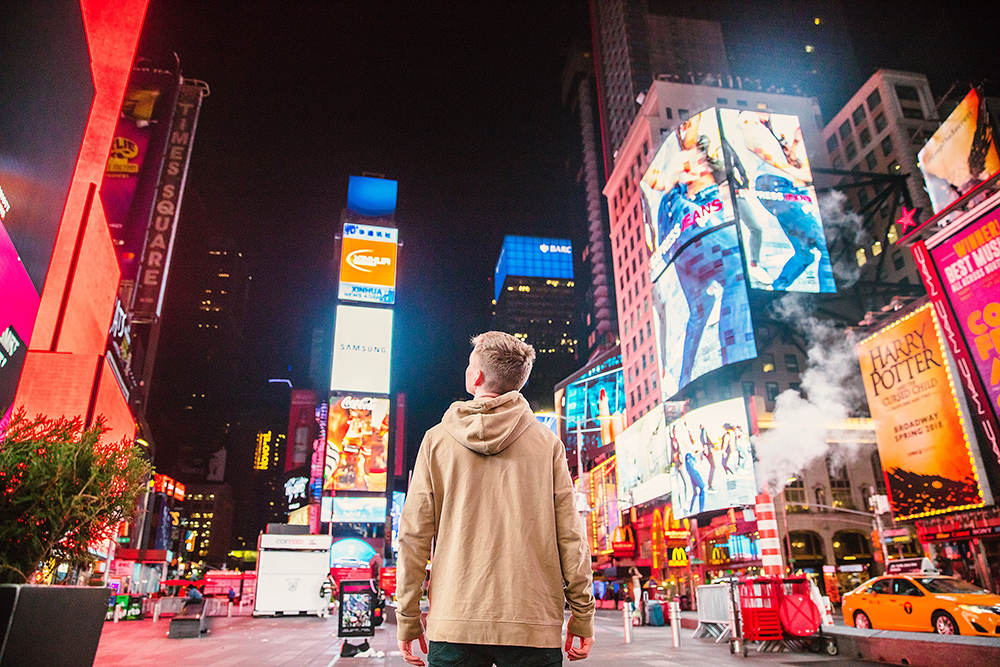Lots of entities profit off drug sales.
The 10 highest-selling drugs in the U.S. last year gave away more than $23 billion in rebates to insurance intermediaries, but still netted almost $58 billion in sales.
The big picture: The U.S. drug pricing system is filled with confusing numbers, and many entities profit off the flow of drugs, but pharmaceutical companies retain a vast majority of the proceeds.
By the numbers: Humira, the rheumatoid arthritis blockbuster made by AbbVie, continues to generate more revenue than any other drug, due to AbbVie extending U.S. patents and consequently retaining higher U.S. prices.
- After subtracting about $3 billion in discounts that went to drug distributors and other supply chain entities, Humira generated about $21.9 billion in “non-discounted invoice sales,” according to a report from data analytics firm IQVIA.
- Another $6.5 billion in rebates went to pharmacy benefit managers, health insurers and employers, leading to $14.9 billion in net U.S. Humira sales for AbbVie.
Between the lines: Drugs that have more competitors usually offer higher insurance rebates than drugs with few or no competitors.
- Intravenous cancer drug Keytruda and immunology drug Stelara have no real competitors, and therefore don’t have large rebates.
- Blood thinners Xarelto and Eliquis and diabetes drug Trulicity are battling several other drugs in their classes, and therefore offer rebates well over 50% of their list prices to get preferred slots on lists of covered drugs.

